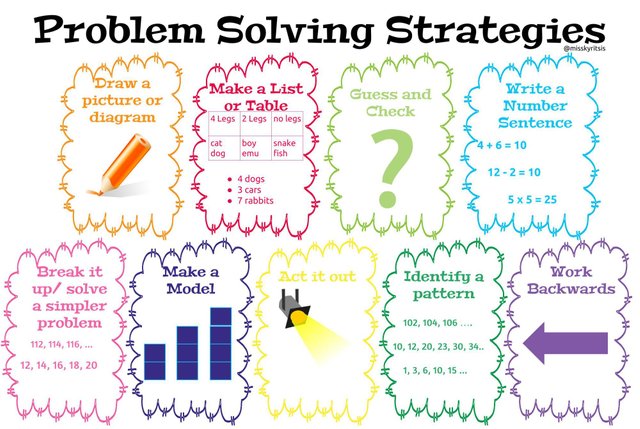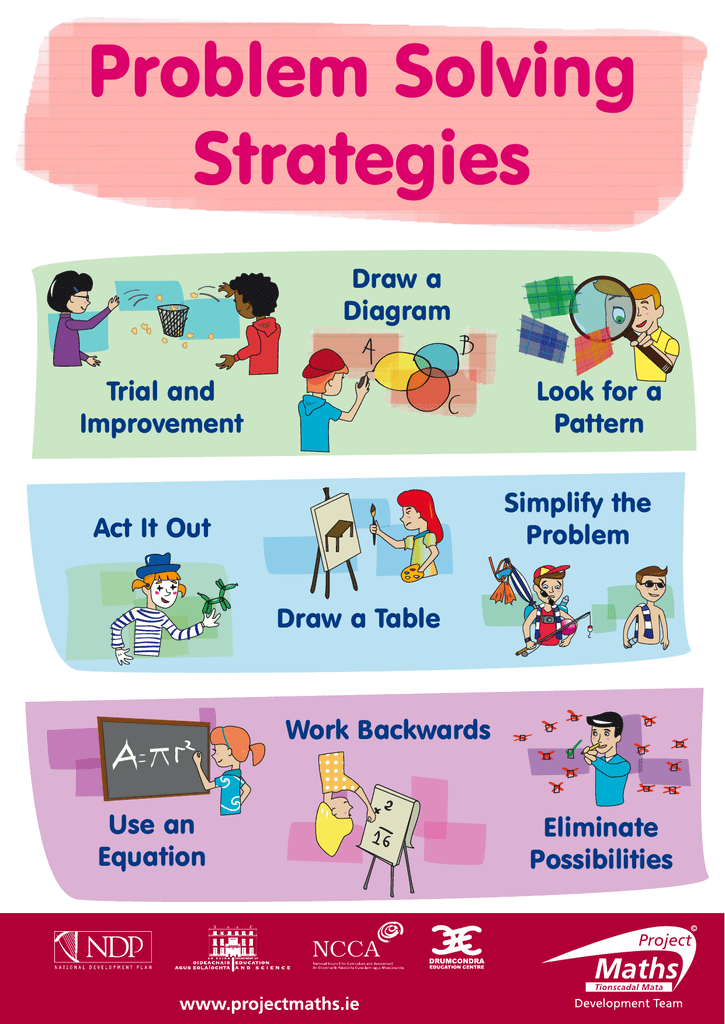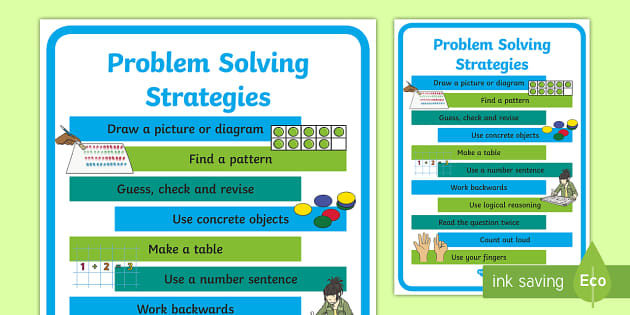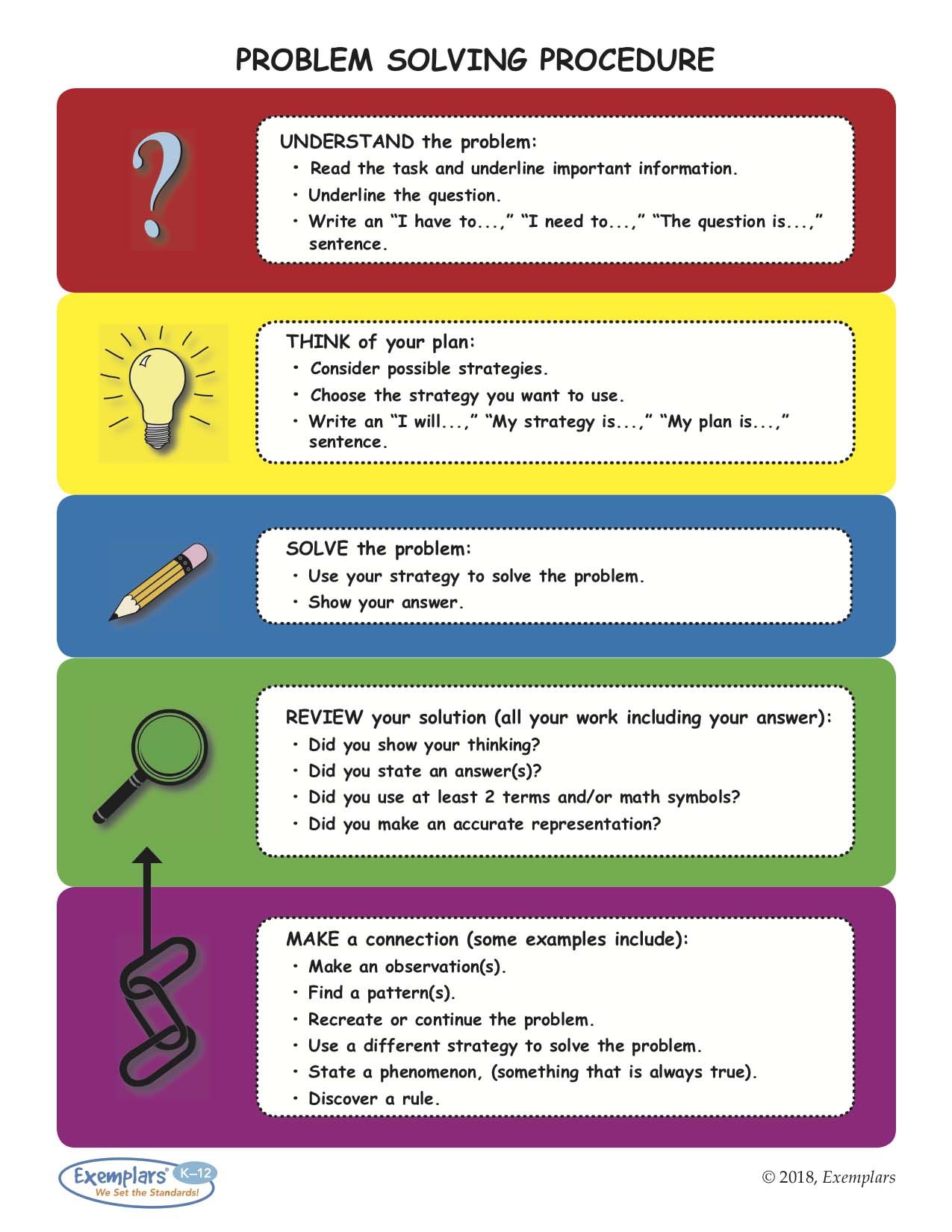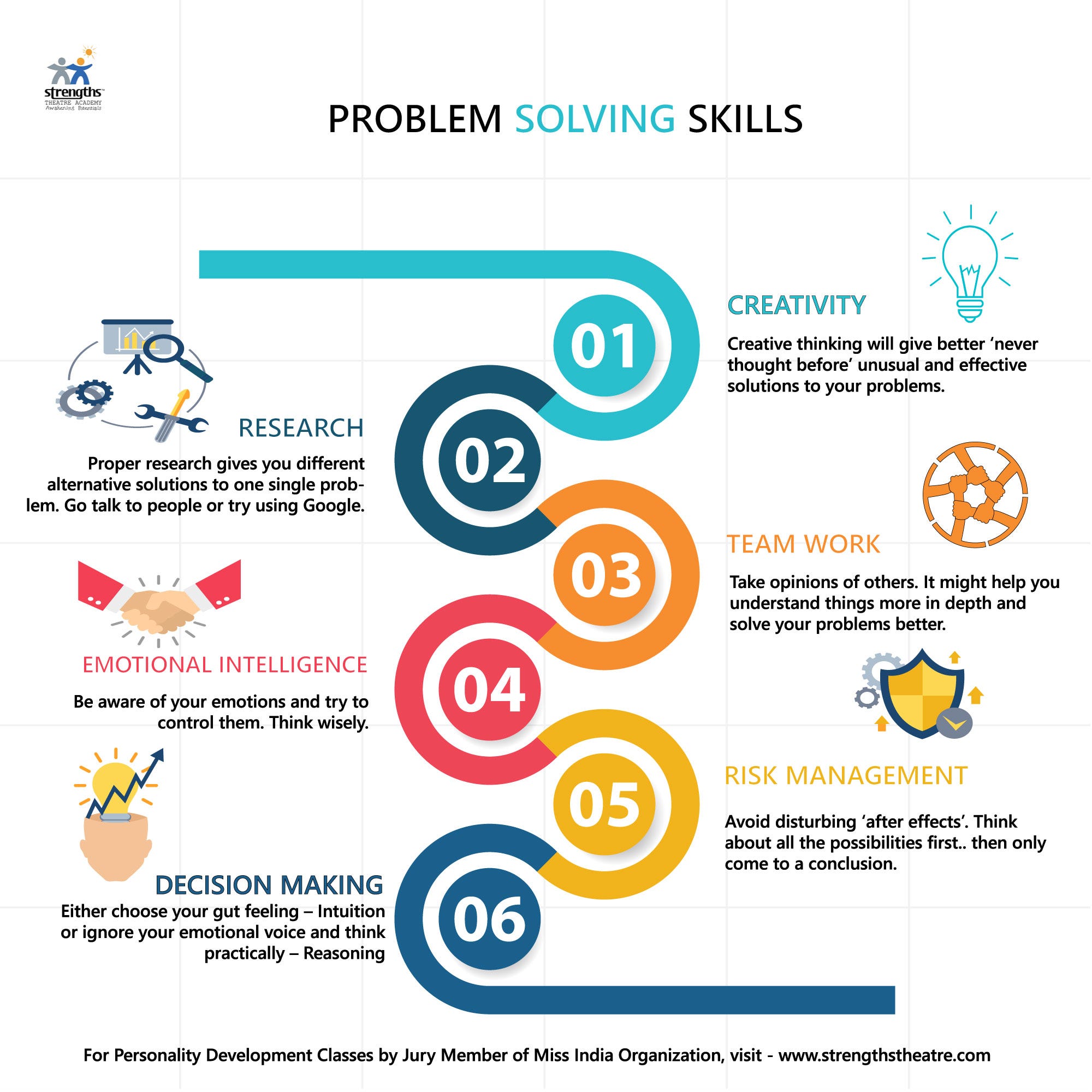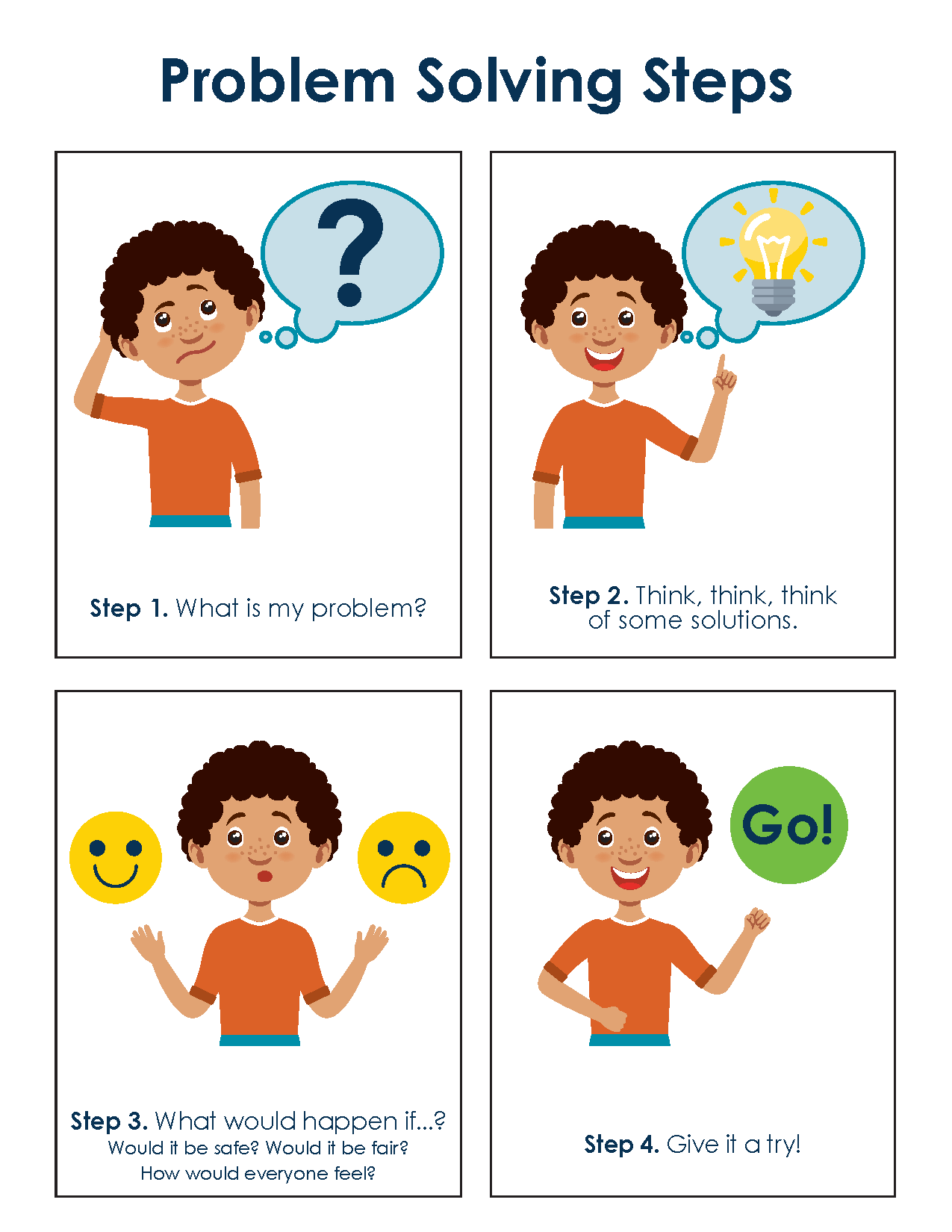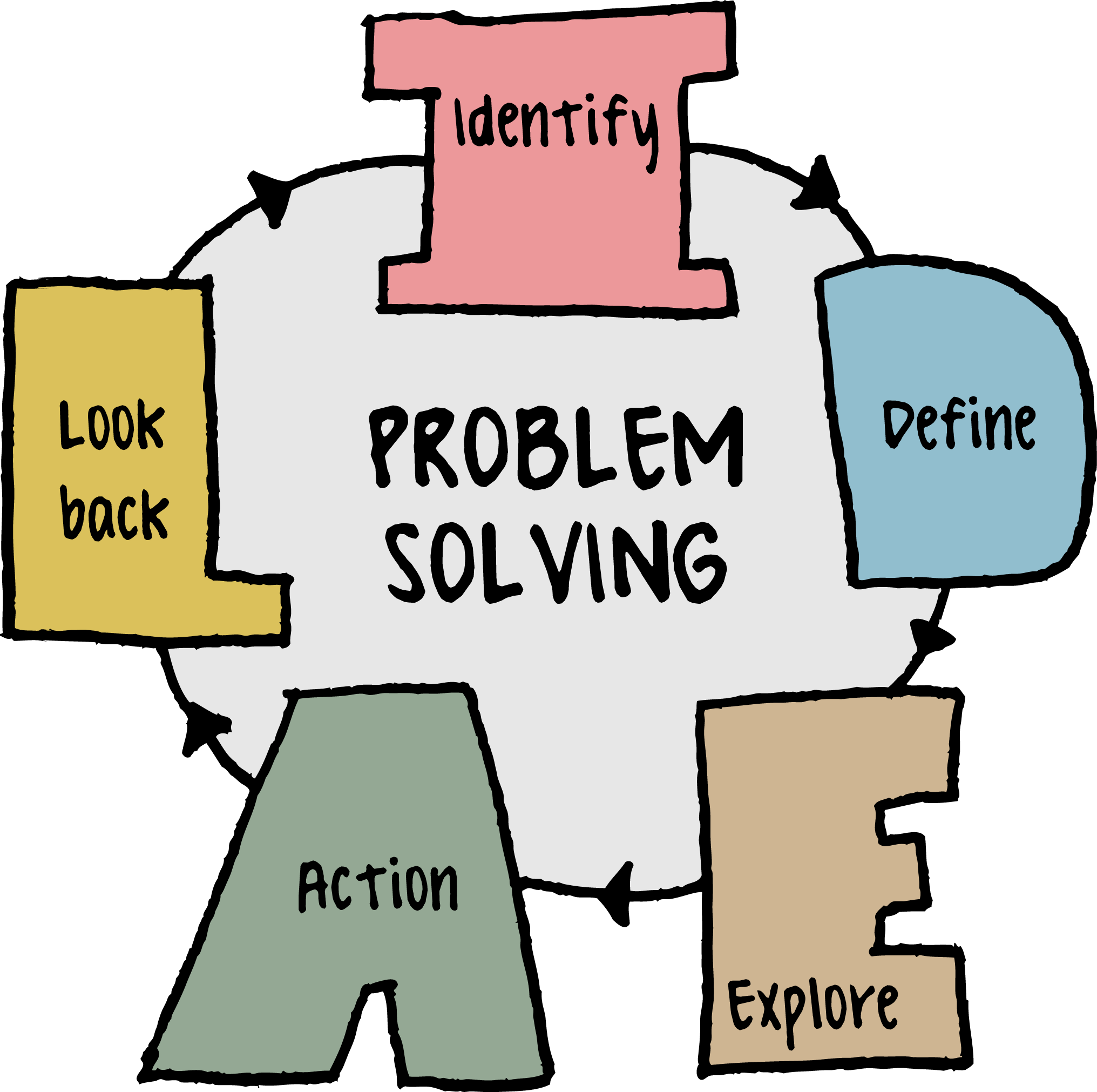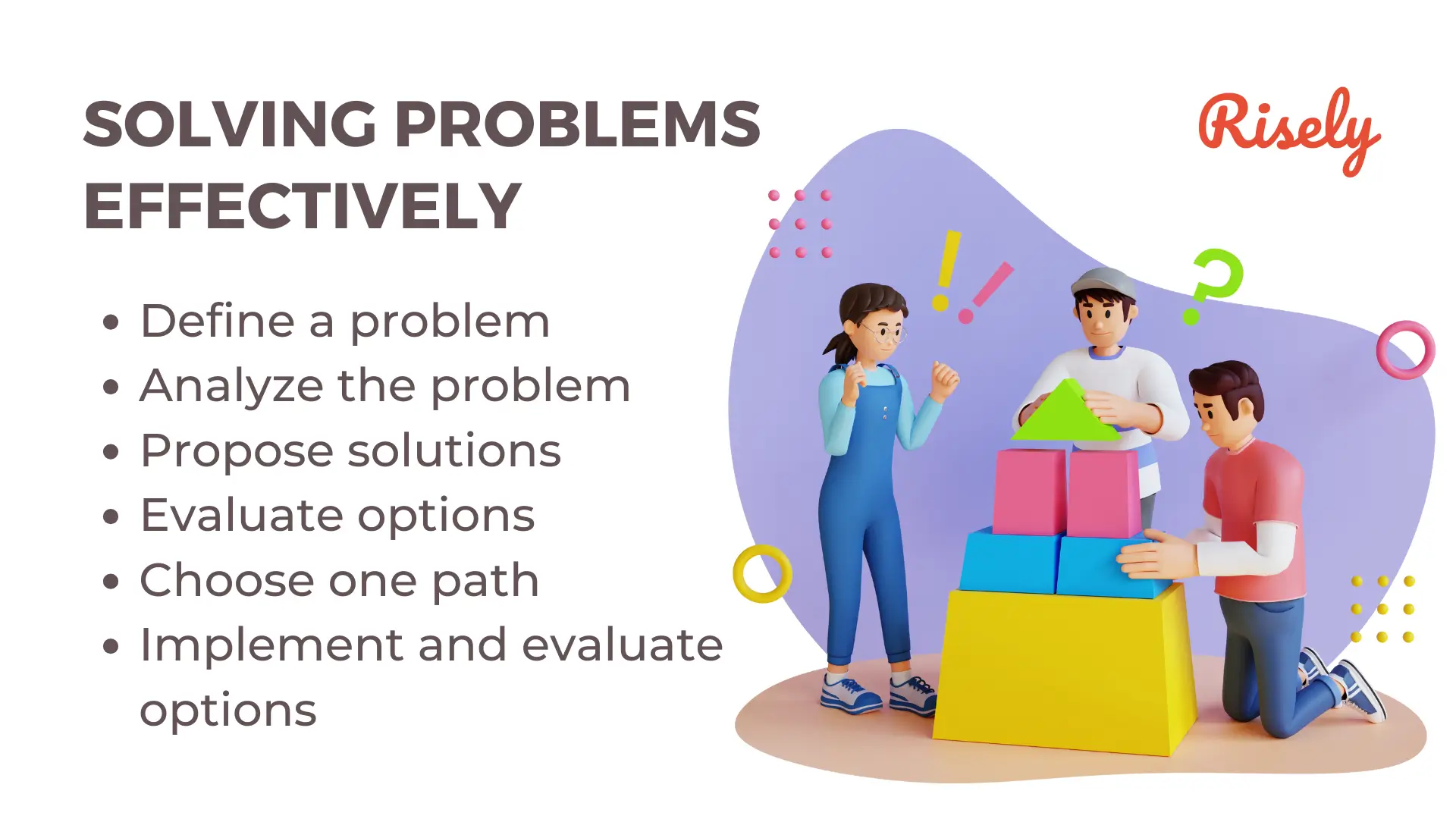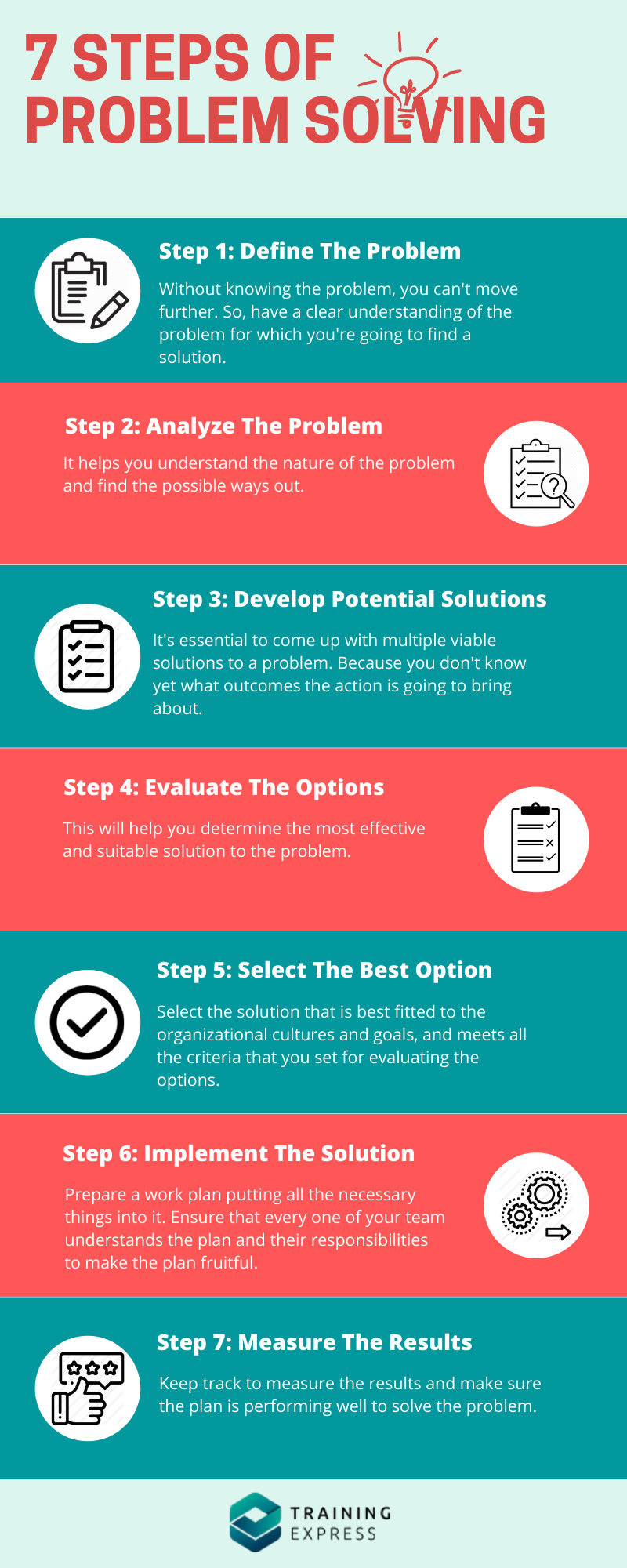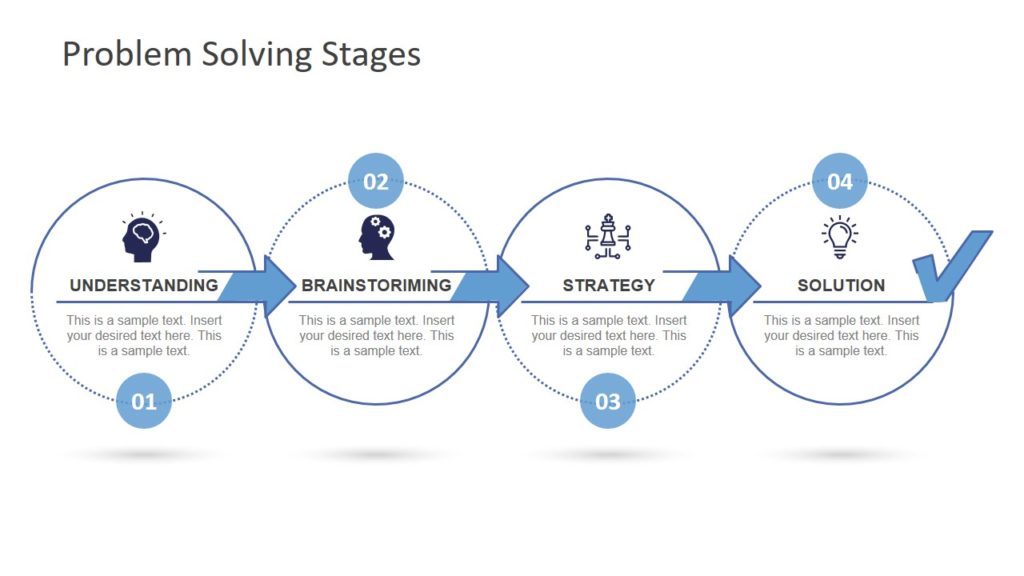Problem Solving Strategies Examples
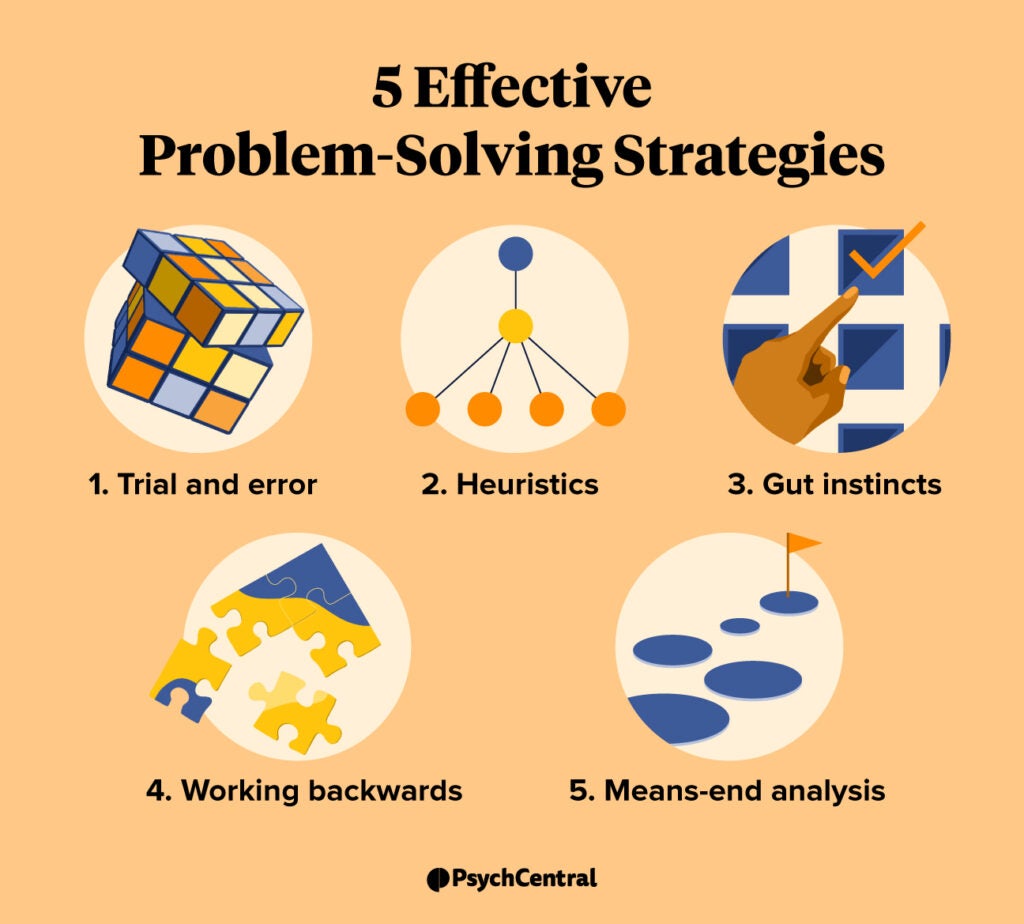
From boardrooms to classrooms, and even within the confines of our own homes, the ability to effectively solve problems is a highly sought-after skill. Individuals and organizations alike are constantly seeking strategies to navigate challenges and achieve desired outcomes. But what are these strategies, and how can they be effectively applied?
This article explores various problem-solving strategies, examining examples and their practical applications. Understanding these approaches can equip individuals and organizations with the tools needed to tackle complex issues, fostering innovation and progress. The key is not just knowing the strategies, but also knowing when and how to apply them effectively.
Common Problem-Solving Strategies
Several tried-and-true methods exist for approaching problem-solving. Each strategy offers a unique framework for analyzing situations and identifying potential solutions.
The 5 Whys
Popularized by Toyota, the "5 Whys" technique involves repeatedly asking "Why?" to drill down to the root cause of a problem. By repeatedly questioning the reasons behind an issue, the underlying cause can be identified and addressed.
For example, if a production line is experiencing frequent stoppages, asking "Why?" might reveal that a machine is malfunctioning. Further "Whys" could reveal inadequate maintenance schedules or operator training deficiencies, leading to a more comprehensive solution.
Root Cause Analysis (RCA)
Root Cause Analysis is a systematic approach to identifying the fundamental cause of a problem. It goes beyond addressing superficial symptoms to uncover the underlying factors that contribute to the issue.
RCA often employs various tools and techniques, including cause-and-effect diagrams (also known as Ishikawa diagrams or fishbone diagrams) and Pareto charts, to visually represent and analyze potential causes. Identifying and addressing the root cause prevents the problem from recurring in the future.
Brainstorming
Brainstorming is a collaborative technique used to generate a large number of ideas in a short period. Participants are encouraged to contribute freely, without judgment or criticism, to foster creativity and innovation.
After the brainstorming session, the ideas are evaluated and prioritized to identify the most promising solutions. This method is particularly effective for complex problems with no clear-cut answers.
Design Thinking
Design Thinking is a human-centered approach to problem-solving that emphasizes empathy, experimentation, and iteration. It involves understanding the needs and perspectives of the people affected by the problem, generating potential solutions, and testing them through prototypes and feedback.
This process encourages creative problem-solving and leads to solutions that are more likely to be effective and meet the needs of the target audience. Design thinking is widely used in product development, service design, and organizational innovation.
The Scientific Method
The scientific method, traditionally used in scientific research, can also be applied to problem-solving in other contexts. It involves defining the problem, formulating a hypothesis, conducting experiments, analyzing the data, and drawing conclusions.
This method provides a structured and systematic approach to problem-solving, ensuring that solutions are based on evidence and data. It fosters critical thinking and logical reasoning.
Real-World Examples
Companies across various industries have successfully implemented these strategies to address complex challenges. Google, for instance, utilizes design thinking principles extensively in its product development process.
Toyota's use of the "5 Whys" has been instrumental in improving its manufacturing processes and reducing defects. Healthcare organizations employ root cause analysis to prevent medical errors and improve patient safety.
Schools and educational institutions are incorporating problem-solving activities and projects into their curricula to develop students' critical thinking and analytical skills. By learning and applying these strategies early on, individuals can be more effective problem-solvers throughout their lives.
Conclusion
Problem-solving strategies are essential tools for navigating challenges and achieving success in various aspects of life. By understanding and applying these strategies effectively, individuals and organizations can improve their ability to identify problems, generate solutions, and achieve desired outcomes.
The key is to choose the right strategy for the specific problem, adapt it to the context, and continuously learn and improve. Developing strong problem-solving skills is an investment that will pay dividends throughout one's personal and professional life.

